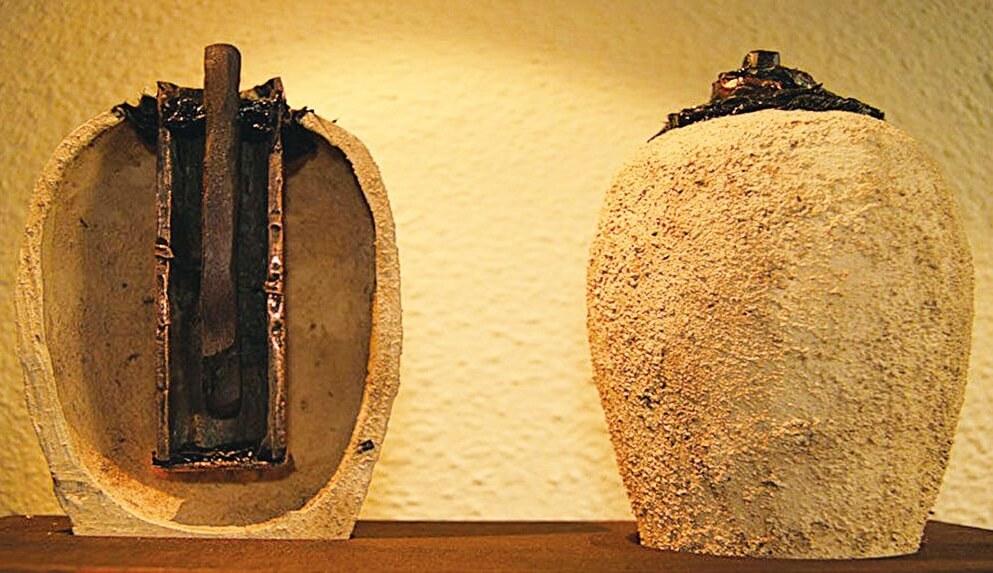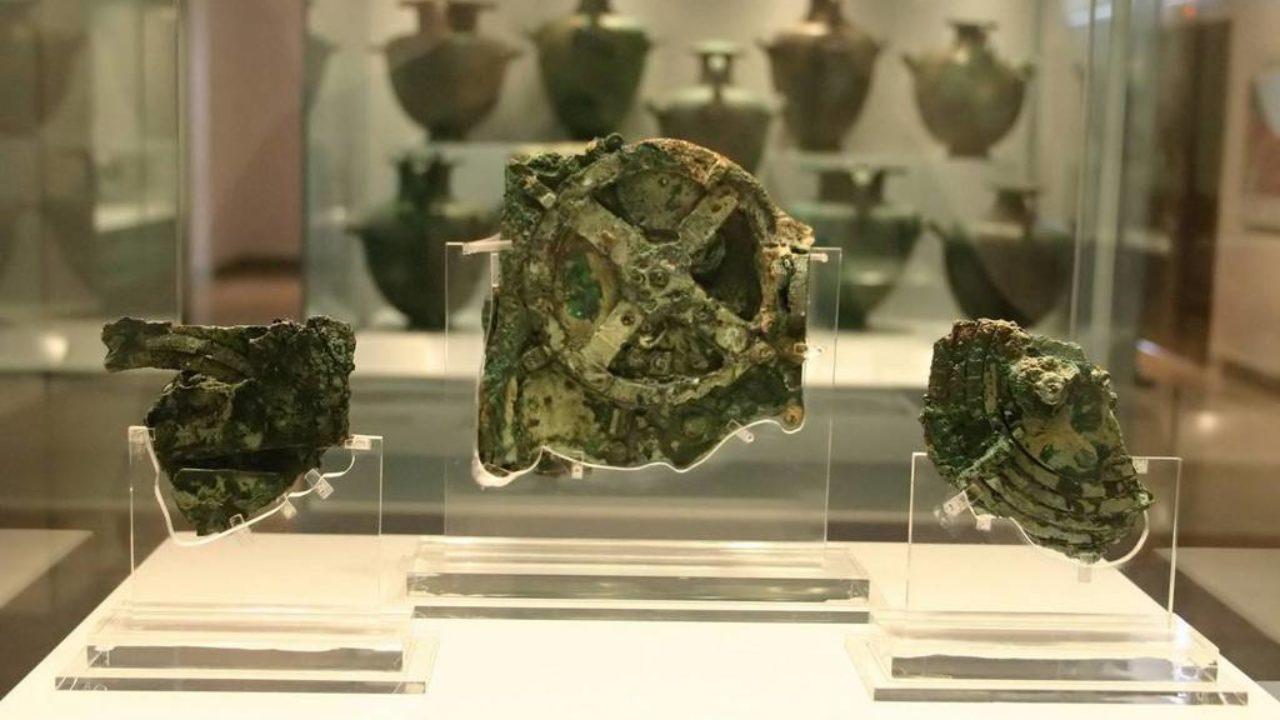What is the first thing you think of when you hear the words Harappan, Greek, Roman or Mesopotamian civilizations? Probably ancient ruins, artefacts, historical monuments, royal families etc. But what if I told you there’s a lot your history textbooks haven’t told you, about the possibility that several of these civilizations actually used highly advanced technology?
Atomic Destruction in 2000 B.C
Let’s start close to home, at the heart of the Indus Valley civilization. I’m sure most of us know that the city planning and aqueducts that existed were far ahead of its time and most of us have also read that the end of this great civilization is shrouded in mystery. However, if you were to believe David Davenport, the British Researcher, then the end of Mohenjo Daro came due to a nuclear bomb. His book “Atomic Destruction in 2000 B.C.” backs up his argument with several facts such as the skeletons that have been found unburied, sprawled on the streets at what was once considered a metropolis and not a graveyard, soviet researchers apparently found radioactivity in skeletons 50 times higher than normal, vitrification of rocks (i.e. the conversion into glass) is very prominent which can only be caused by intense heat and pressure and there’s no volcano in the area which could’ve contributed to it. What’s even stranger is the verse from the Mahabharata, which strongly resembles what could have been a nuclear fallout:
” (it was) a single projectile
Charged with all the power of the Universe.
An incandescent column of smoke and flame
As bright as the thousand suns
Rose in all its splendour…
…it was an unknown weapon,
An iron thunderbolt,
A gigantic messenger of death,
Which reduced to ashes
The entire race of the Vrishnis and the Andhakas.
…The corpses were so burned
As to be unrecognizable.
The hair and nails fell out;
Pottery broke without apparent cause,
And the birds turned white.
After a few hours
All foodstuffs were infected…
….to escape from this fire
The soldiers threw themselves in streams
To wash themselves and their equipment.”
But several of these statements and so-called facts made by David Davenport are under heavy scrutiny and are considered lies or myths as no one can find the source for the radioactive skeletons and some believe the vitrified clay found is due to broken pots. Now, which school of thought you want to believe in is totally up to you.
The Baghdad battery

Let’s move on to the Baghdad battery, an artefact which shows evidence of advanced technology in ancient civilizations. It consists of an earthen pot with an iron rod in the centre surrounded by a copper vessel and possible acidic residue. We’ve all been taught the Franklin discovered electricity and Alessandro Volta invented the first battery. However, the discovery of this artefact shatters that notion, because if this pot is filled with even a weak electrolyte like vinegar, it produces about 1 volt. Some say it was used for electroplating, as seen by evidence of silver electroplated articles in that time or for religious purposes as the electricity produced gave a tingling sensation and made them feel like they’re being touched by divinity.
As with everything, there exist pessimists and sceptics who believe that the battery is nothing but and earthenware jar, some copper, some iron and some bitumen, with a possible acidic residue which was discovered together coincidentally.
Antikythera mechanism
The last and probably most fascinating part of this list revolves around the world’s first computer. When do you think the first computer was created? Mechanical computers you would think were created probably a few hundred years ago. Enter the Antikythera mechanism, created between 100-200 B.C. It is the first-ever mechanical computer according to the words of Princeton science historian Derek J. de Solla Price.
First, let’s define what a computer is; it basically takes simple inputs from the user and saves tedious calculations. Antikythera mechanism’s code is the mathematical ratio of the gears; the user had to enter the date on the main gear and through subsequent rotation of gears gave us little stone or glass orbs that would have moved across the machine’s face to show the motion of Mercury, Venus, Mars, Saturn, and Jupiter in the night sky, the position of the sun and moon, relative to the 12 constellations of the zodiac; forecast of solar and lunar eclipses; a solar calendar charting 365 days of the calendar; the date of the next ancient Olympic games, the phase of the moon and several other features.

This absurdly complicated device was discovered in a shipwreck and still baffles scientists to this date as to how did the Greeks have the knowledge and skill to build this. With an estimated 37 bronze clocks and the inclusion of the most minor factors such as the difference in speed of the moon during its perigee and apogee give it frightening accuracy. Consequently, the necessary equipment to build such a machine didn’t exist before the industrial revolution in the 1600s.
It’s fascinating to see the flashes of genius that have emerged throughout the ages and despite the limitations placed on us due to not having the technology or information available to us, through sheer willpower, determination and hard work, humanity has always triumphed and overcome the challenges and obstacles on our way. We must remember that in such a time where we have several geopolitical and environmental factors threatening to derail us into chaos, hope always exists that if our ancestors have been able to shatter the barriers placed on them, then so can we.

